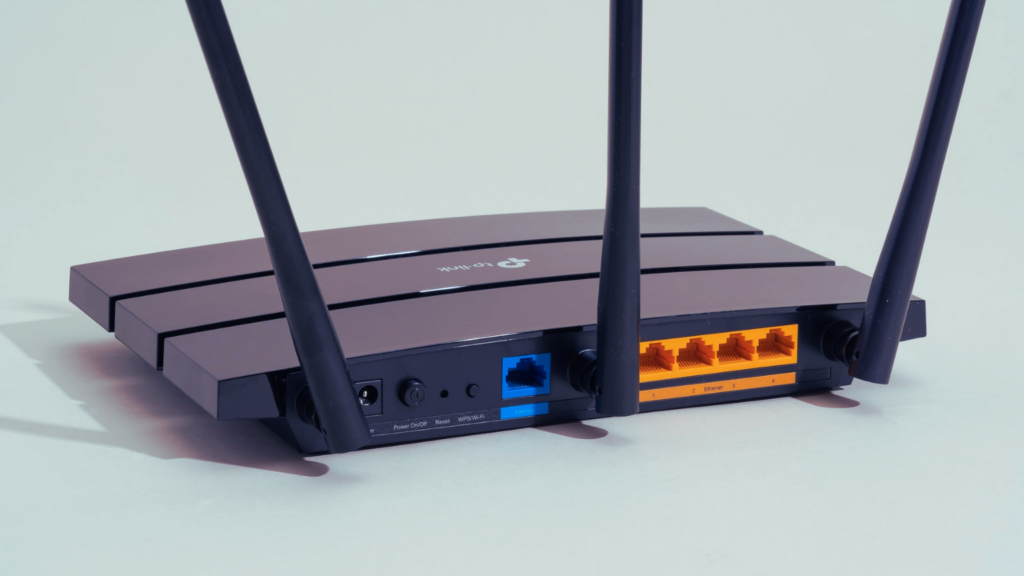In today’s world, wireless network connectivity has become an essential part of our daily lives. From smartphones to laptops, we rely on wireless networks to stay connected with the world around us. However, providing wireless network connectivity in large environments with limited users can be a challenging task. This is where robotics and routers come into play. Robotic routers are mobile robots equipped with wireless networking capabilities that can act as routers and provide network connectivity to mobile users. In this article, we will explore the concept of robotic routers and their potential applications in various industries.
What are Robotics and Routers?
Robotic routers are mobile robots that can move around in a given environment and provide wireless network connectivity to mobile users. These robots are equipped with wireless networking capabilities, such as Wi-Fi or Bluetooth, and can act as routers to provide network connectivity to mobile devices. The concept of robotic routers was first introduced in a technical report by Onur Tekdas and Volkan Isler from the Department of Computer Science at Rensselaer Polytechnic Institute. In their report, they presented motion planning algorithms for robotic routers to maintain the connectivity of a single user to a base station.

How do Robotics and Routers Work?
Robotic routers work by moving around in a given environment and providing wireless network connectivity to mobile users. These robots are equipped with sensors that allow them to detect the location of mobile users and the base station. Based on this information, the robots can determine the best path to maintain the connectivity of the user to the base station. The motion planning algorithms presented in the report by Tekdas and Isler consider two motion models for the user. In the first model, the target’s motion is known in advance. In the second model, the user moves in an adversarial fashion and tries to break the connectivity.
Applications of Robotic Routers
Robotic routers have the potential to revolutionize the way we provide wireless network connectivity in various industries. Here are some potential applications of robotic routers:
Agriculture: In large farms, robotic routers can be used to provide wireless network connectivity to mobile devices used for inventory tracking or surveillance.
Warehousing: In warehouses, robotic routers can be used to provide wireless network connectivity to mobile devices used for inventory management or order tracking.
Healthcare: In hospitals, robotic routers can be used to provide wireless network connectivity to mobile devices used for patient monitoring or medical record keeping.
Manufacturing: In manufacturing plants, robotic routers can be used to provide wireless network connectivity to mobile devices used for inventory management or quality control.
Disaster Response: In disaster response scenarios, robotic routers can be used to provide wireless network connectivity to first responders and emergency personnel.
Best Programming Language for Data Science
Benefits of Robotic Routers
Robotic routers offer several benefits over traditional wireless network connectivity solutions. Here are some of the benefits of robotic routers:
Cost-effective: Robotic routers provide cost-efficient solutions for deploying wireless networks in large environments with limited users.
Flexibility: Robotic routers can move around in a given environment and provide wireless network connectivity to mobile users, making them more flexible than traditional wireless network solutions.
Scalability: Robotic routers can be deployed in large environments and can scale up or down based on the number of users.
Reliability: Robotic routers can maintain the connectivity of a single user to a base station, even in challenging environments.
Challenges of Robotic Routers
While robotic routers offer several benefits, there are also some challenges that need to be addressed. Here are some of the challenges of robotic routers:
Navigation: Robotic routers need to navigate in a given environment to provide wireless network connectivity to mobile users. Navigation can be challenging in complex environments with obstacles.
Power: Robotic routers need to be powered to provide wireless network connectivity to mobile users. Battery life can be a limiting factor in the deployment of robotic routers.
Security: Robotic routers need to be secure to prevent unauthorized access to the wireless network.
Conclusion
Robotic routers offer a new era of wireless network connectivity in various industries. These mobile robots equipped with wireless networking capabilities can act as routers and provide network connectivity to mobile users. Robotic routers provide cost-efficient solutions for deploying wireless networks in large environments with limited users. While there are some challenges that need to be addressed, the potential applications of robotic routers are vast. As technology continues to evolve, we can expect to see more innovative solutions like robotic routers that will change the way we provide wireless network connectivity.

















